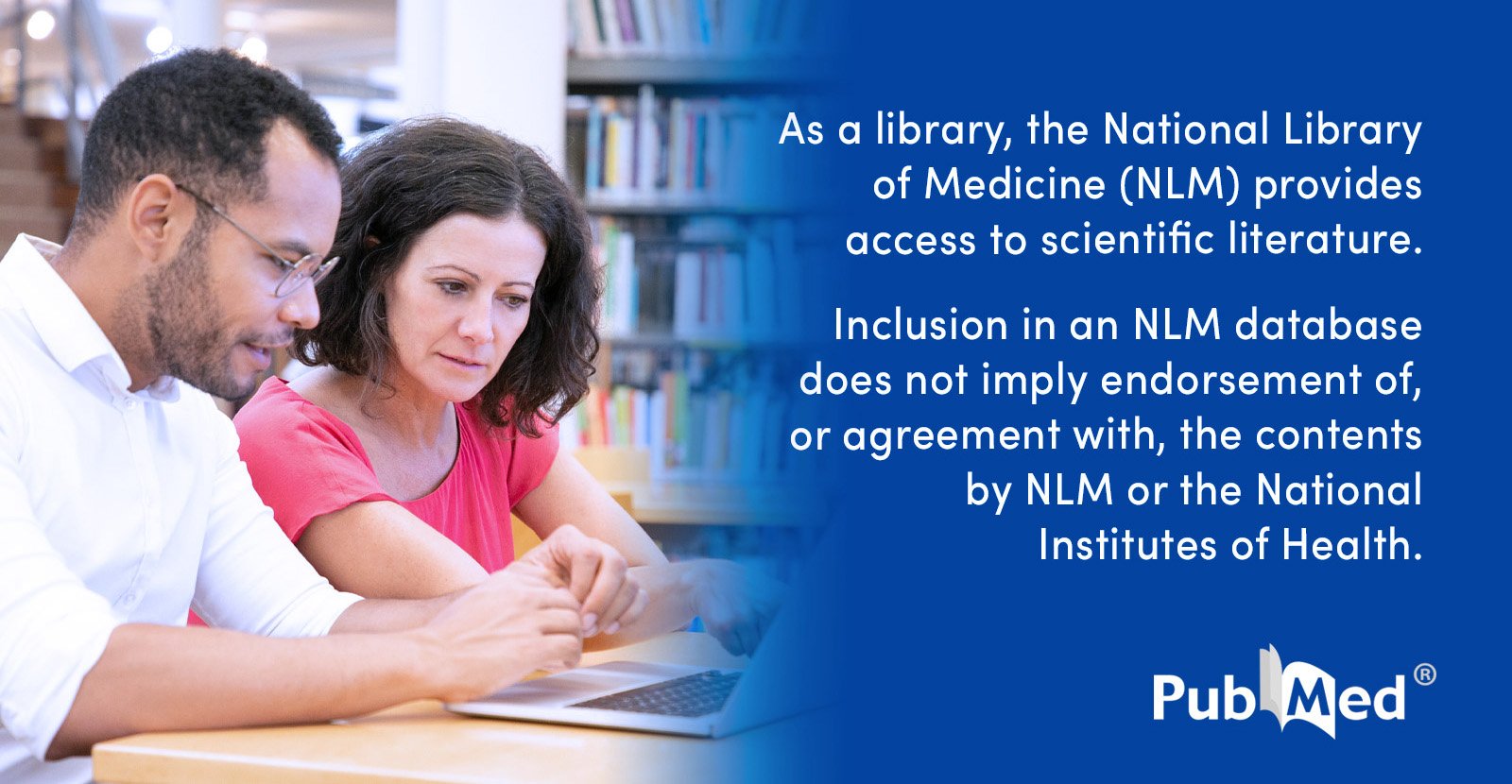- Joined
- Sep 21, 2016
- Messages
- 1,204
- Reaction score
- 2,242
What do you all think about this?


FDA signs off on first medical device for treating ADHD in children
As diagnosis rates of ADHD among children skyrocket, a new medical device for the treatment of ADHD could soon hit the market.
www.usatoday.com
Called the Monarch external Trigeminal Nerve Stimulation (eTNS) System, the prescription-only device is for children ages 7 to 12 who are not taking ADHD prescription medication.
The Monarch eTNS – an instrument the size of a cellphone – is designed for use at home with adult supervision. It connects via wire to a small patch placed on the forehead of the patient, generating a low-level electrical pulse to the brain.

